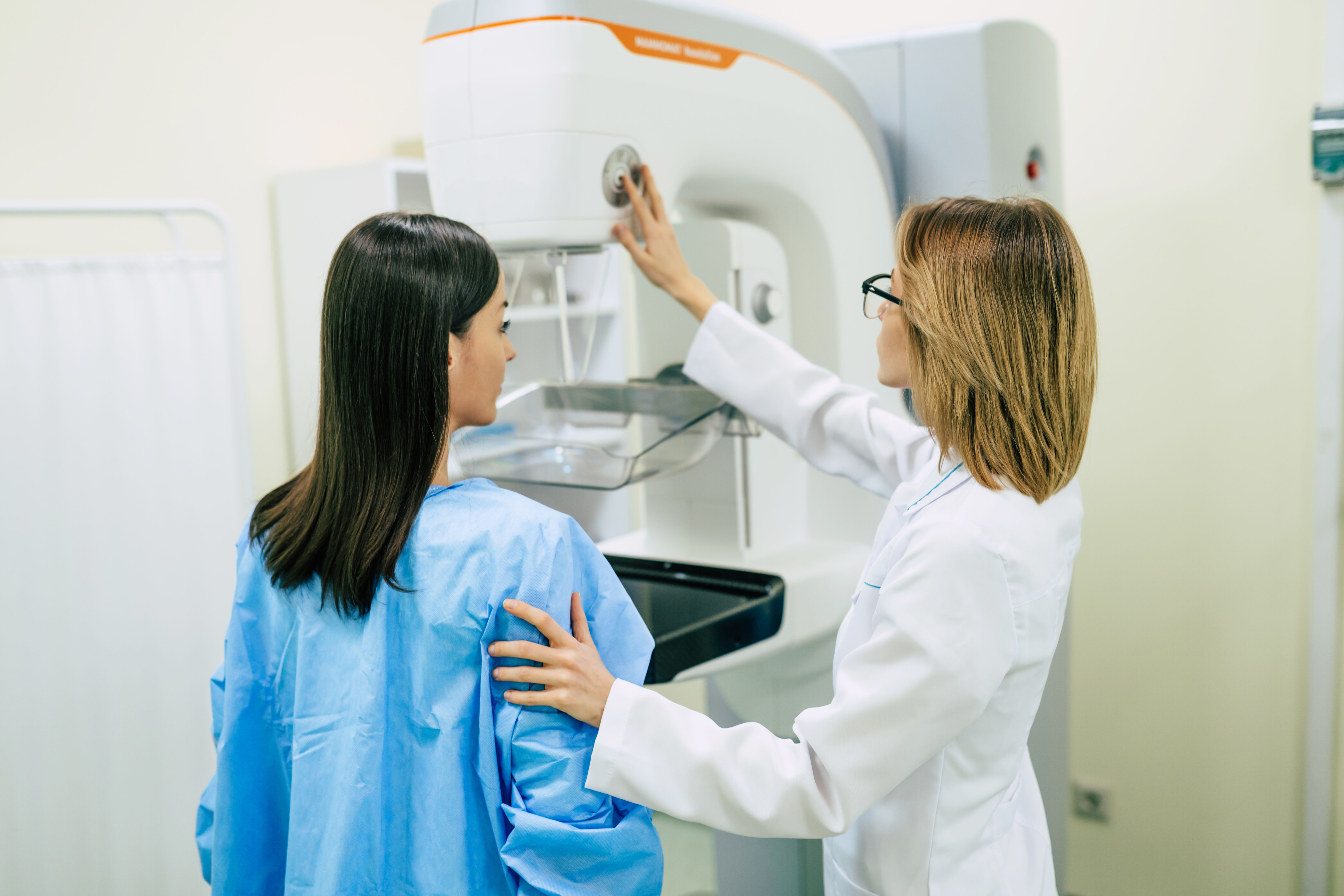This content is sponsored by MedStar Washington Hospital Center.
Vascular surgeries are complex procedure that can require multiple steps and technologies to ensure the best treatment. However, new hybrid suites at MedStar Washington Hospital Center allow surgeons to combine vascular procedures with new technologies to get the best outcomes for patients.
The minimally invasive vascular surgery hybrid suites at MedStar Washington Hospital Center combine the functionality of a traditional operating room with fully integrated endovascular imaging. This allows surgeons to perform combined procedures that were not possible with traditional open surgery or endovascular surgery alone, said Dr. Steven Abramowitz, chair of Vascular Surgery for MedStar Health.
“They are the most cutting edge way for us to deliver some of the most complex surgeries we have and as little radiation to our patients as possible,” Dr. Abramowitz said.
Vascular surgery can treat a wide range of heart and blood flow issues. During vascular operations, radiation is used in real time to visualize blood flow – a procedure called a fluoroscopy. Imaging equipment built into the minimally invasive vascular surgery suite uses the latest technology – not only to get three-dimensional and rotational imaging, but also limit radiation exposure.
“We can do [procedures] in a way for patients that is far safer and with higher quality imaging, which potentially means less radiation exposure, less operative time, better visualization of perfusion, where the bloods go, and the ability to detect abnormalities in a faster and easier way,” Dr. Abramowitz said.
The rooms, which first opened for use in late 2022, allow patients to stay in one room for varying vascular needs.
“The way the rooms are built is that they also allow us to continue to participate in education and collaboration, they allow for us to capture cases on video which helps enhance our research capabilities. And the rooms are designed in a way that allow us to rapidly adapt on the spot. So cases can be what we call hybrid, both endovascular and open. And so the rooms are really designed to be as modular and flexible as possible,” Dr. Abramowitz said.
New technology and advanced imaging software allows MedStar Washington Hospital’s team to get better images of vascular issues from the start. Better computer imaging gives surgeons the extra edge to make sure cases run more smoothly, too, Dr. Abramowitz said.
The difference between previous technology and the new options are quite drastic, Dr. Abramowitz said.
“It’s like comparing paint in Microsoft Windows to Adobe Photoshop,” he said.
The benefit of good imaging extends to many different case types – including those involving obese patients, Dr. Abramowitz said. For example, the radiation beam needs to be stronger for patients who have more tissue – as is the case with most obese patients. So this new imaging software allows for a farther stop point while maintaining patient safety.
“It allows us to do things that we would have broken up into two cases into one case now,” he said. “And I think that’s important too.”
There are benefits to the surgeons using these rooms as well, Dr. Abramowitz said, including better visuals.
“Essentially, it’s like you have a cockpit [with] these new monitors,” he said. “So you can see all of the information in one spot, all of the vitals, all of the imaging, all of what you’re doing with your hands. You can even look at imaging from an outside source, and it can be integrated with what’s happening inside the patient at that time.”
MedStar Washington Hospital Center has the largest and most experienced vascular disease program in the area. The team performs more aortic surgeries than any other health system in the mid-Atlantic region, and they’re a recognized leader in the treatment of peripheral artery disease.
Read more about MedStar Washington Hospital Center’s Vascular and Endovascular Program as well as the hybrid operating suites on the MedStar Washington Hospital Center’s website.







